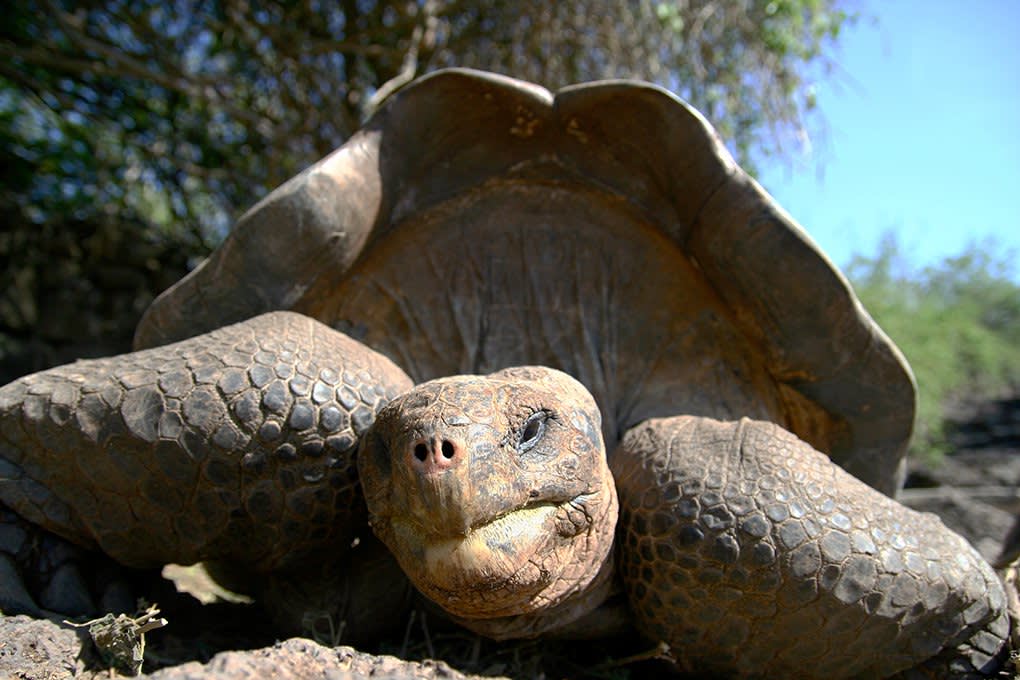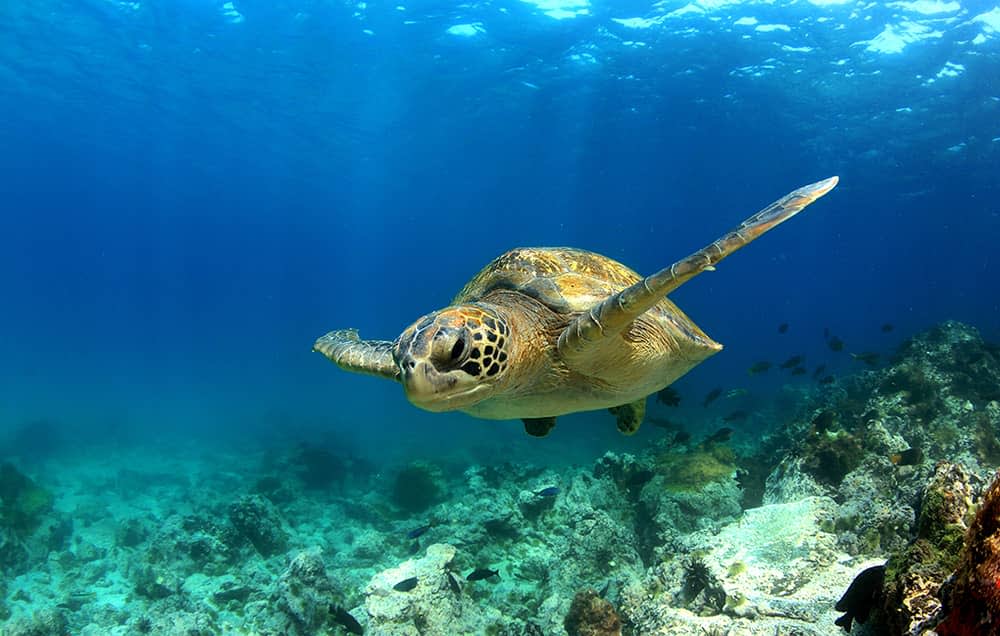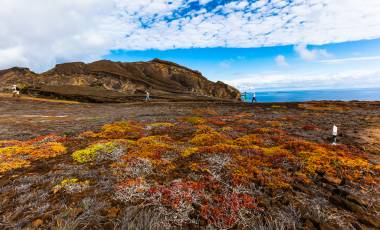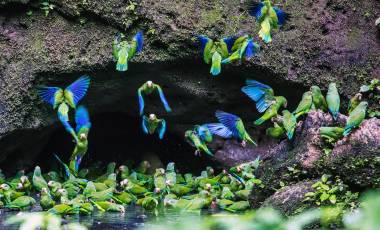Read time – 3 minutes
I spent my first night on the islands with an American who sailed our main Galapagos boat, the Cachalote, from Florida across the Caribbean and the Panama Canal to its new home.
He talked about pirate attacks off Haiti and other exciting tales en route, but I only had one question for him: ‘How does the wildlife on the islands today compare to when he moved there, 35 years ago?’ The British media seems to have a bee in its bonnet about the imminent destruction of all Galapagos wildlife.
Galapagos Tourism
If it’s not death by tourists or human population explosion, then it’s the recent volcanic eruption on Fernandina. About 100,000 tourists visit the islands each year. Sounds a lot, but this is roughly the same as those that visit the Serengeti or less than a tenth of the crowds that Westminster Abbey alone attracts.
Their visit locations, times and their waste are all strictly controlled to minimise the impact. The population is similarly strictly regulated and now almost no immigration is permitted from the mainland.
Our long-term resident went on to tell me that while the most populated island of Santa Cruz has seen big growth in the main village (to 18,000 people), the visitor sites remain exactly as he had first seen them, immaculate and bursting to the seams with wildlife that is both inquisitive and indifferent to its human interlopers.
 Close up turtle
Close up turtle
Galapagos Wildlife Cruise
The next day, I boarded our boat to see if this was true and after one of the most enjoyable weeks of my life, I can only guess that the islands are as interesting, alive, varied and important as when Darwin walked them. Each site we visited was awash with animals and birds, practising their normal behaviour: Lava Herons fishing; Blue-footed Boobies dancing to each other; sea lions fighting; huge Land Iguanas chasing their mates and of course the slow plod of the iconic Giant Tortoise looking for lunch.
Our guide was a passionate conservationist and guided the group so as to least disturb the animals whilst also helping us to get the best sightings and photos. You’re instructed to try to keep several metres away from the wildlife at all times, but the animals flout this rule at every opportunity.
Up close and personal
Sealion pups will waddle up curiously and tug at your trouser leg whilst iguanas try their hardest to trip you up on the path (this lack of fear stems from the islands’ prolonged isolation and near absence of predators). Even the Galapagos hawk, the world’s rarest raptor, seems intent on posing as close to the cameras as possible and this is certainly the only place where I’ve had to back off as animals encroach on my lens’ minimum focus!
 Hawksbill turtle
Hawksbill turtle
Whilst the animals on land seem in pretty good shape, sadly it is the marine life, like so many other places of the world, which is bearing the brunt of the damage. Tourist vessels are heavily controlled and so have relatively little impact, but over-fishing is still rife and reports indicate that the larger species are diminishing.
I can only imagine what this was once like, as personally I found the snorkelling (done almost daily!) and the richness of these seas to be the biggest highlight of the trip. Turtles and sharks are plentiful, whilst you can only appreciate the fluidity and elegance of the penguins, sea lions and flightless cormorants whilst swimming with them. – By Dan Cockburn, Exodus
View all of our Galapagos trips below and set off on an adventure of a lifetime.








